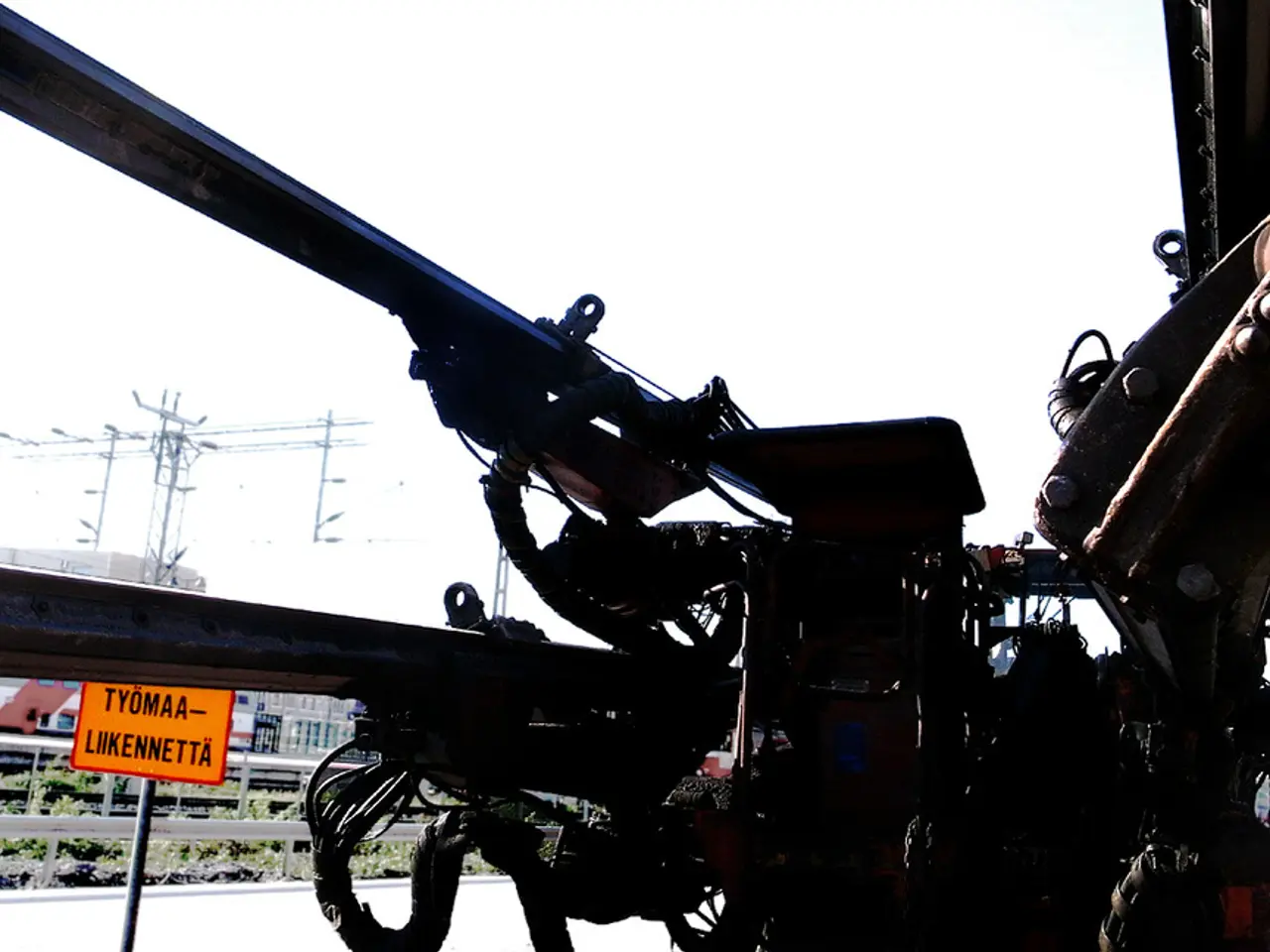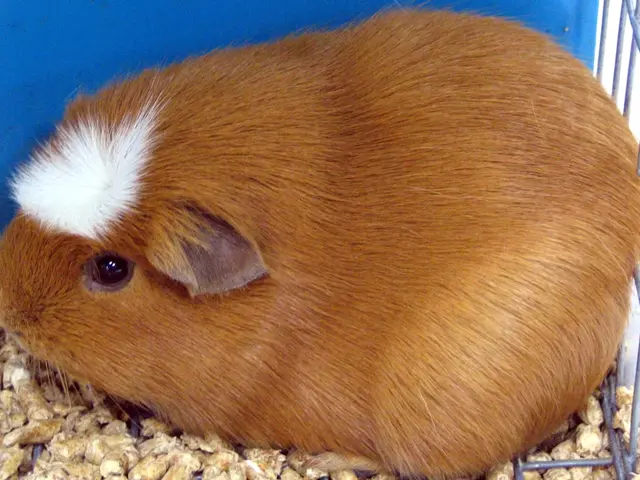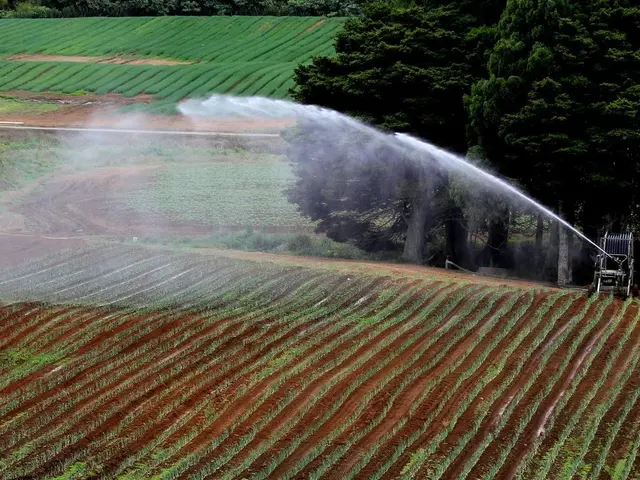HTW Dresden Develops Innovative Energy Harvesters From Human & Animal Movement
Researchers at HTW Dresden are developing innovative energy harvesters that convert human, animal, and machine movements into usable electricity. The SNAPS project, funded by the German Federal Ministry of Food and Agriculture (BMEL), aims to create sustainable, autonomous devices with a long lifespan and recyclable materials.
The energy harvesters consist of a small generator and matching electronics that optimize efficiency and adapt voltage. They are designed to be easily expandable in size, from a few centimeters to several decimeters, making them versatile for various applications.
In the realm of dairy farming, these energy harvesters could potentially power tracking chips, harnessing energy from a cow's ear flick. Moreover, they could supply energy to monitoring systems for machines and installations, such as wind turbines, ensuring constant power even in remote locations.
The SNAPS project at HTW Dresden is set to revolutionize energy generation by tapping into the kinetic energy of humans, animals, and machines. With a focus on sustainability and longevity, these energy harvesters could significantly contribute to a greener, more efficient future.








